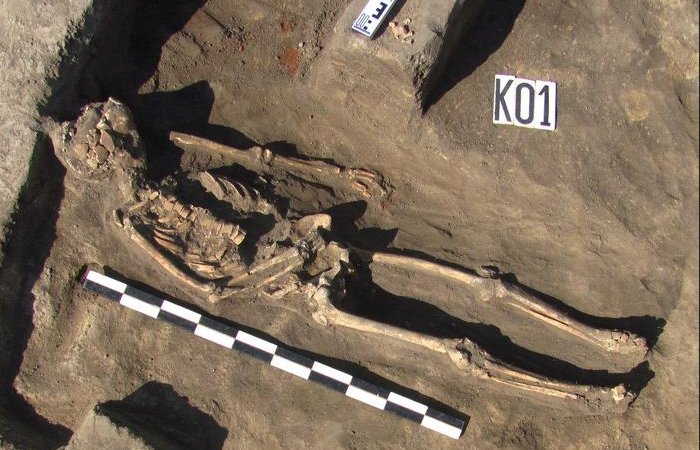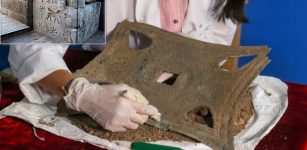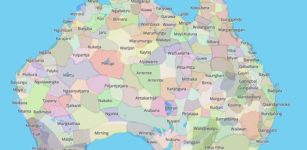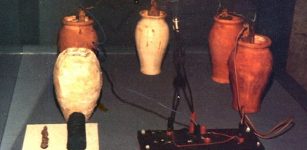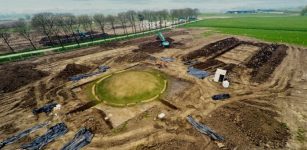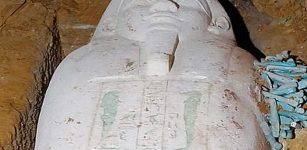Ukraine – A Place Where People From Different Cultures Intersected Until About 500 Years Ago
Conny Waters - AncientPages.com - The North Pontic region, which includes present-day Ukraine, has historically served as a significant crossroads for migration from various directions.
For centuries, this area connected the expansive Eurasian Steppe that stretches through Hungary, Bulgaria, Romania, Moldova, Ukraine, southern Russia, Kazakhstan, Xinjiang, Mongolia and Manchuria, with one major exclave, the Pannonian steppe, located mostly in Hungary.
Scythian burial at the Skorobir necropolis in the fortified settlement of Bilski. Image credit: Iryna Shramko
Since the Paleolithic age, the Steppe Route (an ancient overland route through the Eurasian Steppe that was an active precursor of the Silk Road) has been the main overland road between Europe, Western Asia, Central Asia, East Asia and South Asia economically, politically, and culturally.
A recent study published in Science Advances examines ancient human remains to uncover the significant genetic diversity present in the region over the past 3,500 years, extending up to approximately 500 years ago. This research provides valuable insights into the historical population dynamics and the complex genetic variations of that era.
The study, led by Lehti Saag from the University of Tartu Institute of Genomics and a former fellow at University College London, includes Mark Thomas from UCL and Pontus Skoglund from the Francis Crick Institute, was made possible by Ukrainian researchers like second author Olga Utevska and archaeologists conducting excavations in Ukraine despite the war.
The analyses show that at the end of the Bronze Age, broad-scale ancestry proportions were similar to those of contemporary populations in the rest of Europe.
At the time, it was a mixture of European hunter-gatherer, Anatolian early farmer, and Steppe pastoralist ancestries. Interesting to note is that these ancestry components have been present in the Ukraine region since then until today. From the Early Iron Age through to the Middle Ages, the presence of eastern nomads in the Pontic region was a consistent and notable phenomenon.
Additionally, their genetic composition varied from Steppe-like superimposed on the locals to high degrees of East Asian ancestry with minimal local admixture.
Meanwhile, individuals from other parts of the Ukrainian region predominantly have ancestry tracing back to various regions across Europe.
The intricate tapestry formed by migration and the blending of populations in the Ukraine region likely plays a significant role in the high genetic diversity observed among groups that are geographically, culturally, and socially homogeneous.
This complexity results in varied genetic profiles coexisting at the same location and time, even among individuals sharing similar archaeological contexts. Such dynamics invite us to reflect on how historical movements shape our understanding of identity and heritage.
Written by Conny Waters - AncientPages.com Staff Writer

